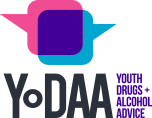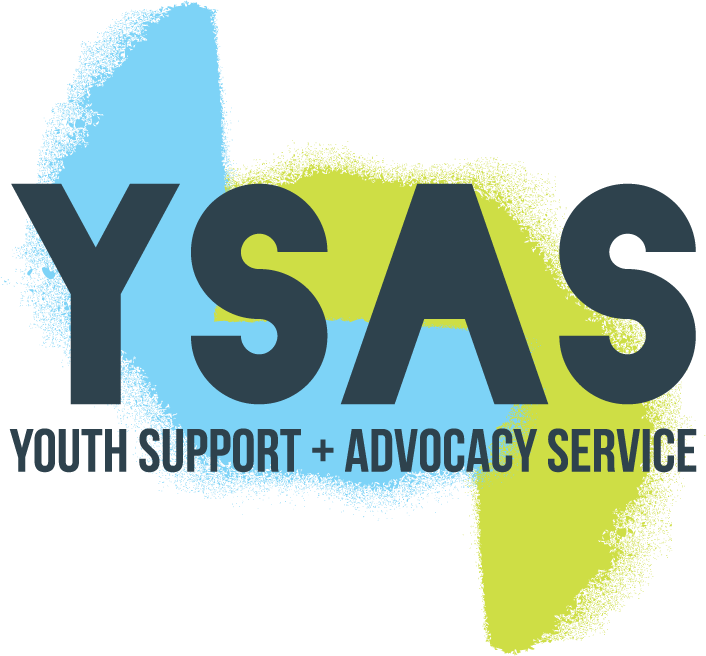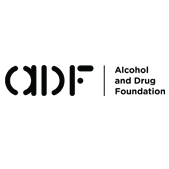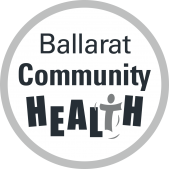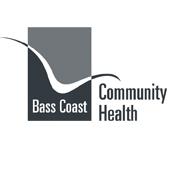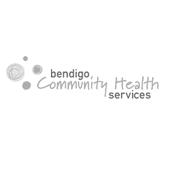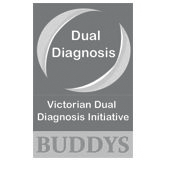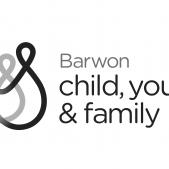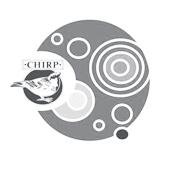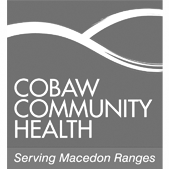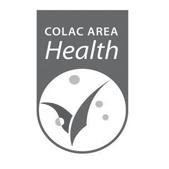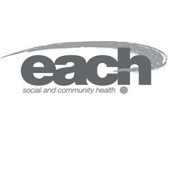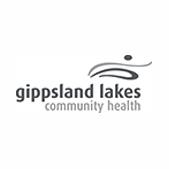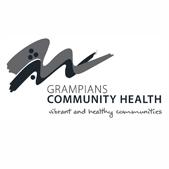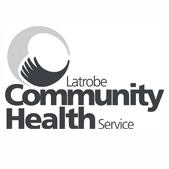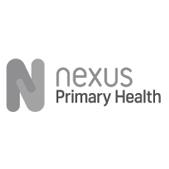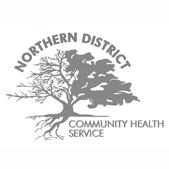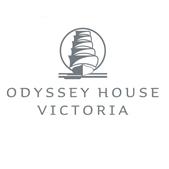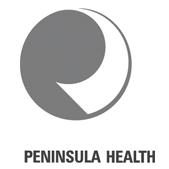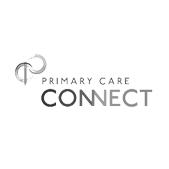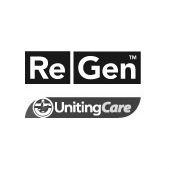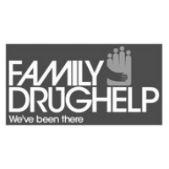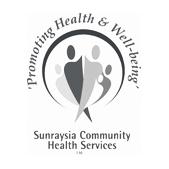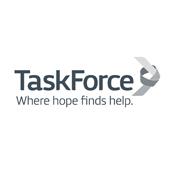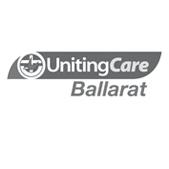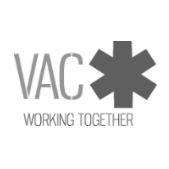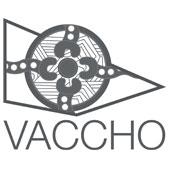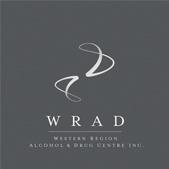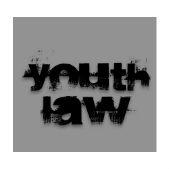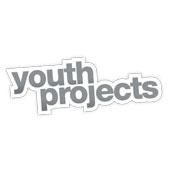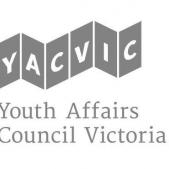Useful Tools
Mapping a young person’s environment
Understanding a young person’s external environment is important. Try this activity when question and answer format of discussion is not useful or is not working.
Whether trying to understand a young person’s needs, the strengths they have to draw on or helping a young person make plans to avoid risky situations for drug use, understanding a young person’s local environment is important.
This is often easier said than done. It can be difficult gathering information from a young person when written or verbal communication is not a young person’s strength or when a question and answer format of discussion just doesn’t work.
When this is the case, creating a visual representation or map of a young person’s local environment can be a fun and effective way of exploring a young person’s environment and the external resources they have. It can also generate great discussion.
This activity can be done individually or in groups and can be used for a number of reasons such as
- Helping young people identify high risk areas to avoid if trying to make changes to substance use
- Helping a young person identify and be more aware of key support people they have to help them meet goals (not just drug use goals).
TO UNDERTAKE THIS ACTIVITY YOU WILL NEED:
- Butchers paper or similar
- Pens, textas or paint
1. Ask the young person to draw or somehow represent their local neighbourhood
2. Include major landmarks that define the local area- eg. creeks, shopping centres, local health centre
3. Include features significant to them such as their house, their school, where they hang out, friend’s houses, sporting clubs
4. Included areas or places where they can access support, care, encouragement people they can talk to etc
5. Included areas of risk, where they don’t feel safe
6. Include areas where drugs are available
Depending on why you are using this activity, emphasise certain factors you want to include.
